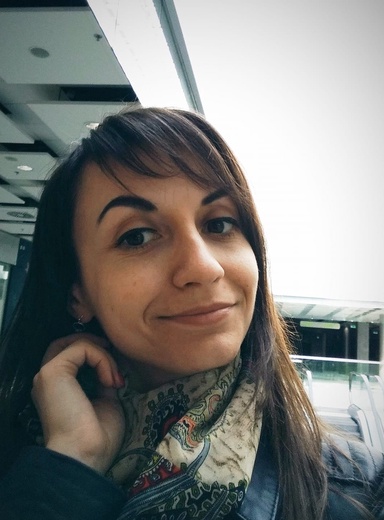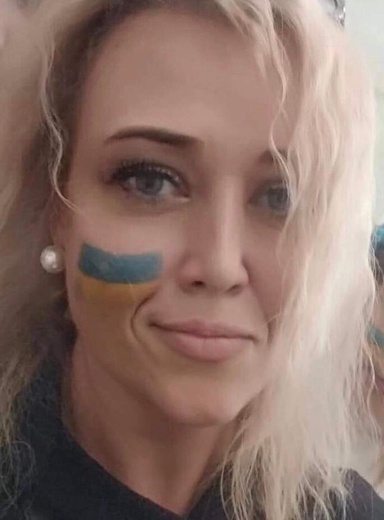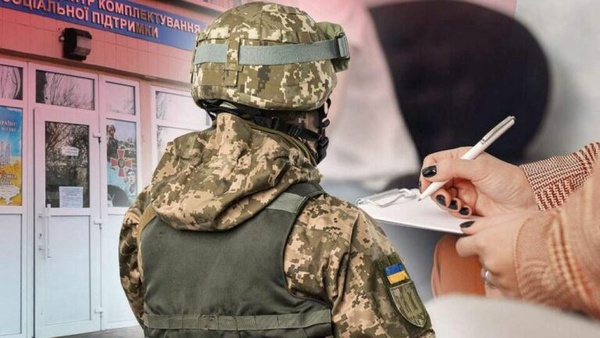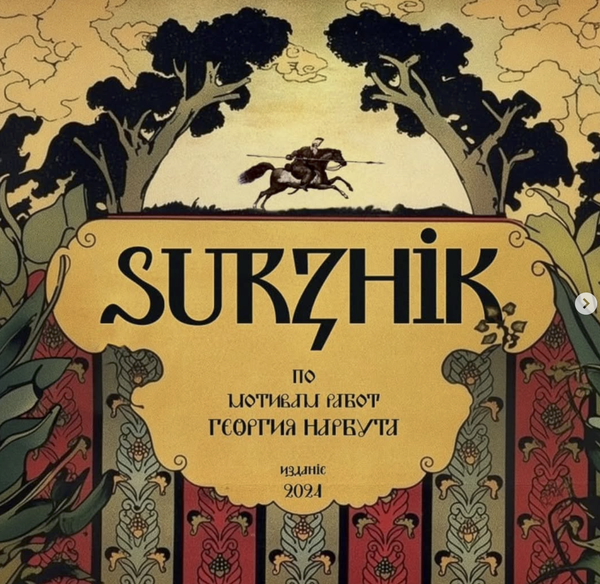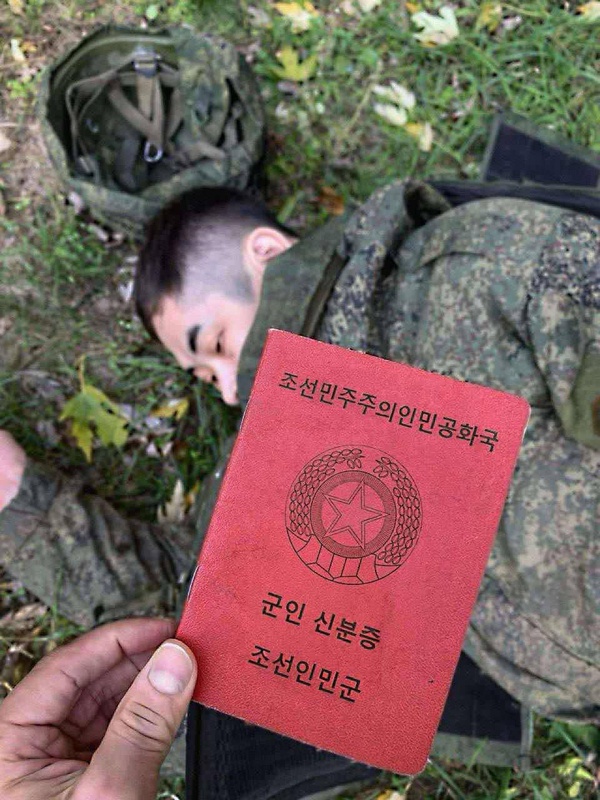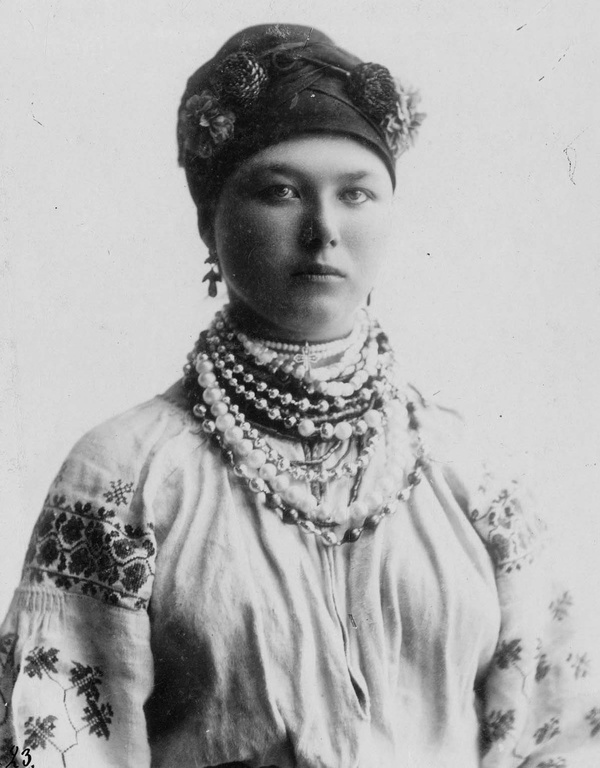Photo manipulations: AI and creating the illusion of patriotism on social media
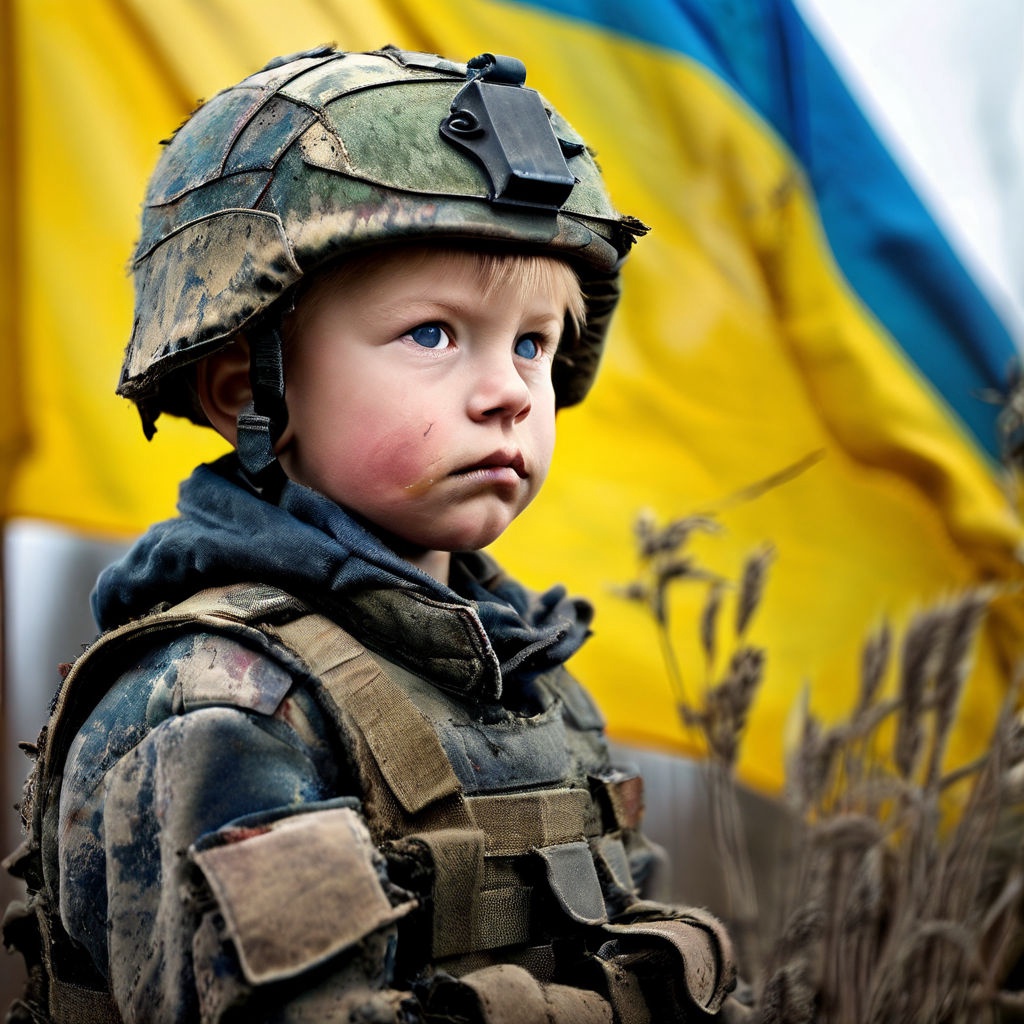
“It’s a pity that this photo will get fewer likes than some naked singer” — a photo with such a tearful caption has received over 17,000 likes and half a thousand shares in one Facebook community. The photo depicts a blue-eyed baby in military gear against the backdrop of a Ukrainian flag.
The number of comments is also close to half a thousand. And they are all the same: “The childhood of Ukraine”, “Our little defender”, “This is how true patriots are born”, “Little warrior, God bless you with good health”. Some people are outraged that the child was dressed in military uniform, but almost no one doubts the authenticity of the photo. And yet, it was generated by artificial intelligence.
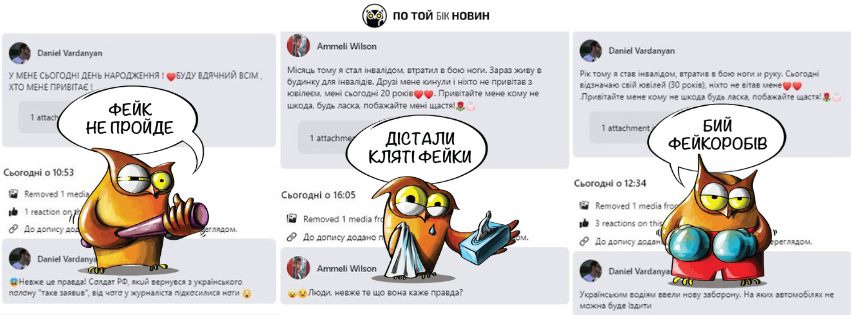
Unfortunately, compassionate manipulative content such as “It’s my birthday today, I’d be grateful to everyone who congratulates me” or “We are protecting you, please wish us luck” continues to gain shares and likes among patriotic readers. Moreover, it has reached a new level. Previously, such posts used to be based on photos of real soldiers and a new biography was created for them, but nowadays, photos are created using software like Midjourney.
Look closely at the details. Usually, AI photos look very similar to real ones, but a simple zoom reveals disproportionate details, inconsistent lines, extra elements (especially fingers — AI constantly increases or decreases their number), etc. For example, the ears of wheat behind the boy resemble reeds when zoomed in.
Unnatural textures. Images generated by AI can be hyper-realistic: too symmetrical, smooth, and without natural textures. The boy in the photo has unnatural, blue eyes and cloudy crystals without pupils.
As for the photos allegedly depicting Ukrainian soldiers, artificial intelligence is unable to reproduce the Ukrainian pixel and battalion chevrons accurately. As you can see in the AI image, the uniforms do not indicate affiliation to any army; they are neutral. The same goes for the pixel — its colour is more similar to russian “swamp” camouflage.
You also need to pay attention to the caption accompanying the photo. Usually, it encourages you to perform an action, often intrusively: to like the photo or subscribe to the community, to share the post. They often use phrases such as “Don’t pass by — like it”, “Whoever doesn’t like it has no heart”, or the favorite trick of all manipulators: “No one wished me a happy birthday”.
A questionable photo can be checked by reverse Google search. In this way, we discovered that the original source of the photo with the boy was the Playground website, a free online AI image generator. The photo with the child was found in the collection “one+tired+ukrainian+military”.
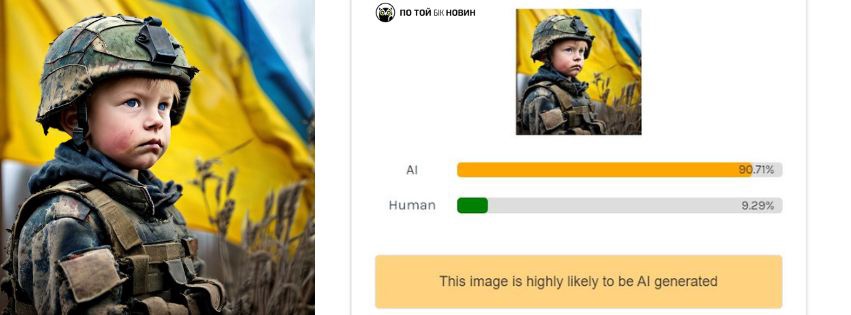
- And the easiest way is to check a questionable photo using special portals like isitai.com. The conclusion of this service is that the photo of a child in military uniform was generated by AI.
We monitored Facebook communities where such content is posted. They are all united by the use of ostentatious (even loud) patriotism and Ukrainian national symbols. The names speak for themselves: “My Ukraine”, “Heart of Ukraine”, “You are Ukraine”, etc. Most of them were created in 2022-2023.
In these groups, we found a number of other AI-generated photos. In addition to allegedly Ukrainian military messages with requests to congratulate/pray/share, photos of missile strikes were also created using artificial intelligence. For example, on March 21, a photo of the purported consequences of a missile strike on Kyiv was shared on social media. In the foreground of the photo, there is a high-rise panel building with exactly the same windows and balconies, and behind it is a mushroom cloud after an explosion. Some elements appear disproportionate.

This post began with an emotional call: “Urgent!” It reported that “the capital and other cities are under attack”, with a mix of Ukrainian and English letters. This is a way to remain invisible to search engine algorithms that can block fake news.
To find out more, readers were asked to follow a link. We don’t advise you to do this, but we checked where the link leads — to the “news” channel in Telegram “United Ukraine”, which has 30,000 subscribers. You can join it only after “verification” — following endless links to other groups advertising how to make money on cryptocurrency, as well as leaving data such as “what city are you from” and “how old are you”.
This is a way to popularize the page and increase the number of likes, shares, and overall reach. The administrators of such communities manipulate emotions to attract an audience, because such posts calling to congratulate a soldier evoke sympathy in people. They are liked and shared by patriotic individuals, but their emotions prevail over cold reason.
When the audience is gathered, administrators can use communities for malicious advertising, such as online casinos or cryptocurrencies, as we saw in the example of “photos of missile strikes”.
These groups can also be used to spread propaganda narratives: among the patriotic content, information intended to undermine Ukrainian society will occasionally appear. If people share pseudo-photos of the military out of emotion, they can also spread rumours and other unverified information. Moreover, the fake images hide links to dubious trash sites that manipulate public opinion and increase negative sentiment in society, from frustration to panic.

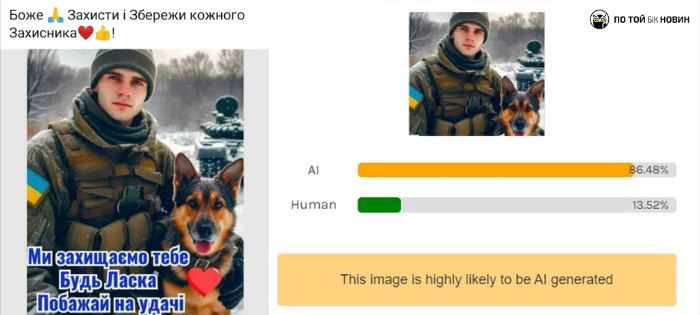
- We also identified groups that work according to the following scheme. First, they publish a photo of a soldier with a request to congratulate him on his birthday, and after this post has collected a certain number of likes and re-posts, it is changed to links to manipulative sites with names like “Ukralav”)”. That is, if a person likes or shares this post, they and their friends will be shown completely different information in their feeds: the vast majority is related to russian messages. Because the topics of publications on the trash sites are relevant: mobilization of students, legislative innovations that turn Ukraine into a “dictatorial state”, our military’s disregard for the residents of frontline territories, etc. None of these publications were true, but trash sites are not about truth; they are all about emotions. The aforementioned posts with a hysterical focus on pain and death leave us with feelings of depression and despondency.
AI has become an indispensable tool in the modern world, but it has also been used to spread manipulative “fake news” and pro-russian messages. Therefore, we never tire of reminding you to always check information, especially if it evokes strong emotions. Avoid content that urges you to take action. Do not share posts on social media that you cannot verify as true, and do not join dubious groups ![]()
Prepared by Aliona Malichenko.

